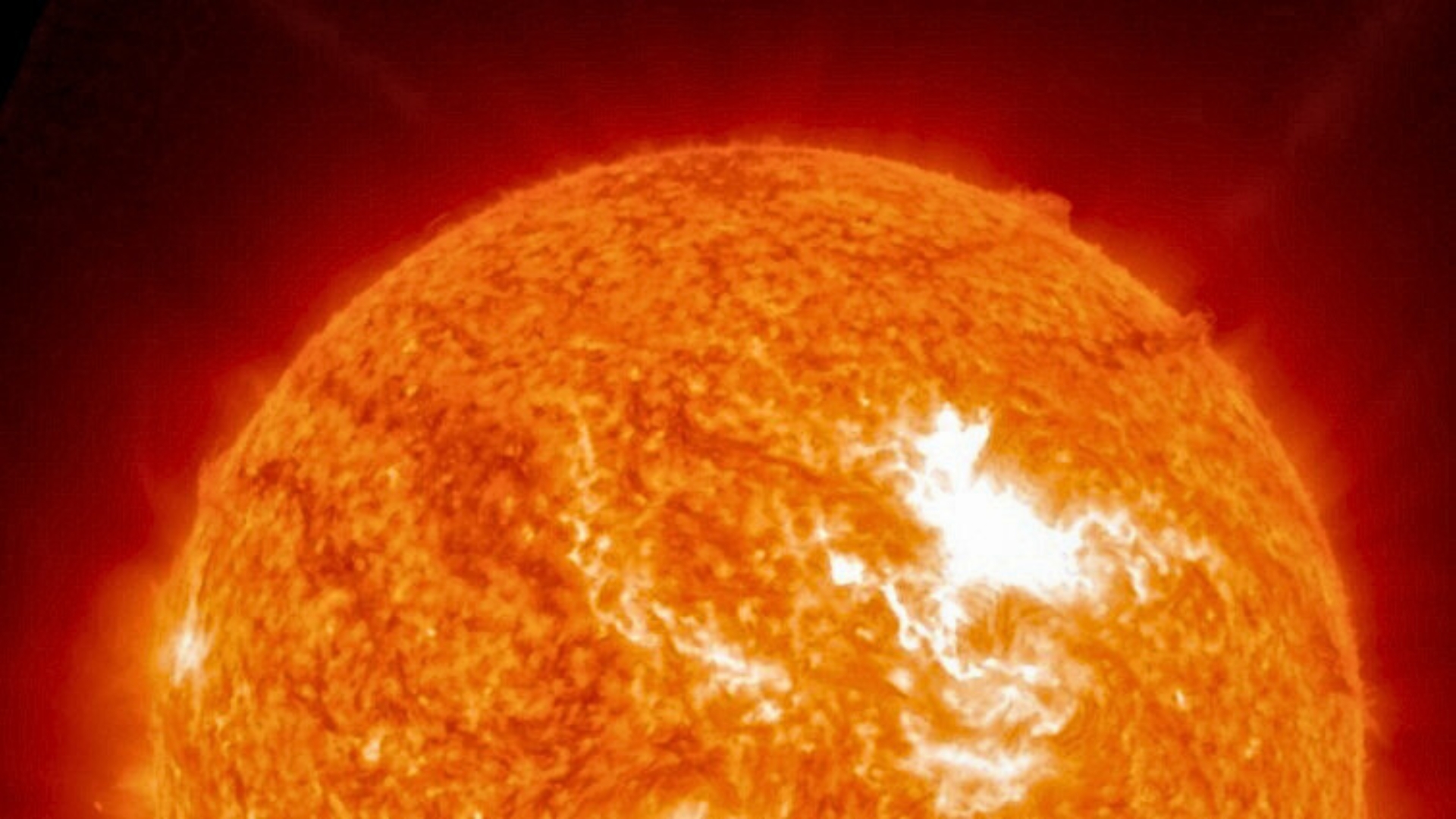Zodiacal Light meets the Milky Way in stunning night sky photo
Miguel Claro is a professional photographer, author and science communicator based in Lisbon, Portugal, who creates spectacular images of the night sky. As a European Southern Observatory Photo Ambassador and member of The World At Night and the official astrophotographer of the Dark Sky Alqueva Reserve, he specializes in astronomical "Skyscapes" that connect both Earth and night sky. Join Miguel here as he takes us through his photograph "A Strong Zodiacal Light and Winter Milky Way Shines above Pampilhosa da Serra."
Captured from Pampilhosa da Serra, in the heart of a new "starlight tourism destination" created in the center of Portugal, called Dark Sky Aldeias do Xisto, this image shows the strongest zodiacal light I have ever photographed. The very faint and diffuse light, coming from the region where planet Venus was located in the western sky, was bright enough to see with the naked eye.
The zodiacal light is a faint light beam that extends along the ecliptic line, or the apparent path the sun takes across the sky as our planet revolves around it. This line passes through the 12 constellations of the Zodiac. Visible only from dark-sky locations, the elusive zodiacal light is caused by sunlight scattering off of interplanetary dust. Most of this dust is orbiting the sun in the ecliptic plane.
Related: Zodiacal light: How to spot the rare celestial glow in the night sky
Follow the faint shape of the light across almost the entire vertical panorama, and you will end up at the blueish Pleiades star cluster. Above it, a beautiful winter Milky Way arches across the sky near the zenith (the point in the sky directly overhead), featuring winter deep sky wonders like California Nebula (above the Pleiades and to the right) or the Heart and Soul Nebula, a reddish cloud of dust and gas near the right edge of the image.
Below the deep sky pair, the small, oblong and diffuse shape is our neighboring Andromeda galaxy. On the ground, between the mountain range of Pampilhosa in curving channels from the lake of Santa Luzia dam, Venus is reflecting bright light off the surface of the water, as well as the less colorful hues from the end of nautical twilight.
Taken on Jan. 19 2020, this vertical panorama consists of four single images captured with a Nikon D810a camera, with the ISO set to 2500 and a 14-24mm lens set to 14mm at f/2.8. The exposure time was 30 seconds for each frame.
Breaking space news, the latest updates on rocket launches, skywatching events and more!
- Zodiacal light meets 'gegenschein' above ESO's Very Large Telescope in a stunning panorama
- Vibrant nebulas and zodiacal light gleam over Portuguese waterfall (photo)
- Cosmic love triangle forms with the moon, Venus and the Pleiades (photo)
To get a print of Claro's amazing astrophotography, visit his fine-art prints store at www.miguelclaro.com/prints. Follow us on Twitter @Spacedotcom and on Facebook.
OFFER: Save 45% on 'All About Space' 'How it Works' and 'All About History'!
For a limited time, you can take out a digital subscription to any of our best-selling science magazines for just $2.38 per month, or 45% off the standard price for the first three months.
Miguel Claro is a professional photographer, author and science communicator based in Lisbon, Portugal, who creates spectacular images of the night sky. As a European Southern Observatory photo ambassador, a member of The World At Night and the official astrophotographer of the Dark Sky Alqueva Reserve, he specializes in astronomical skyscapes that connect Earth and the night sky.



